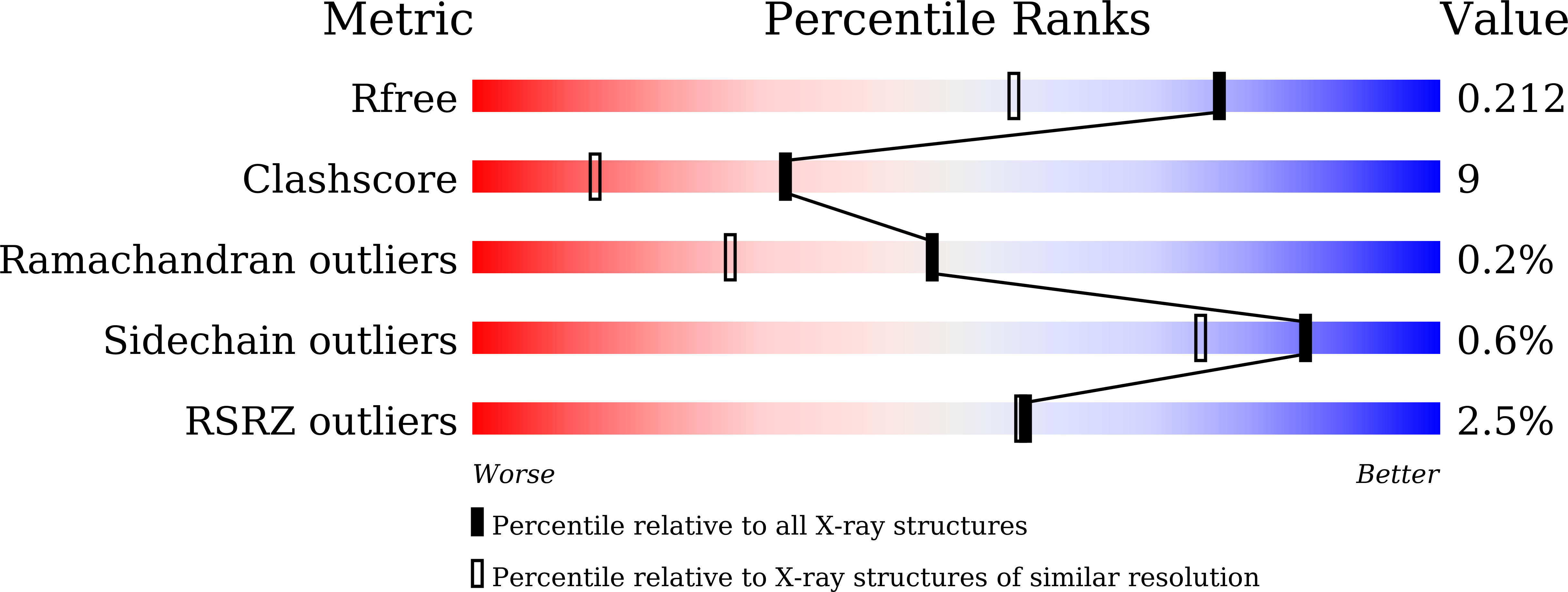
Deposition Date
2021-11-04
Release Date
2021-11-17
Last Version Date
2024-10-16
Method Details:
Experimental Method:
Resolution:
1.64 Å
R-Value Free:
0.20
R-Value Work:
0.15
R-Value Observed:
0.16
Space Group:
P 1 21 1


